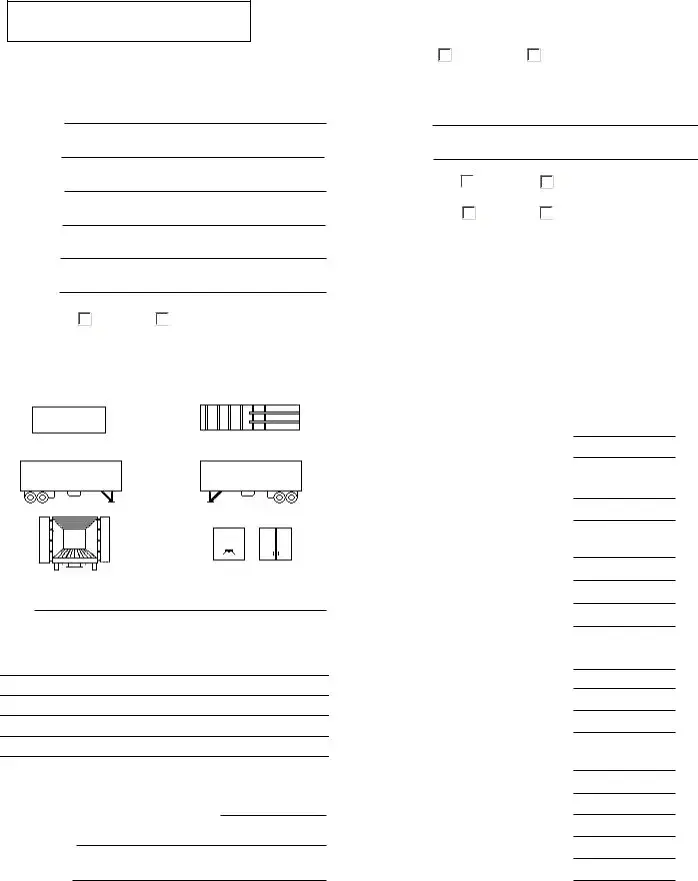Instructions on Utilizing Trailer Inspection
Completing the Trailer Inspection form is essential for ensuring that all necessary details are accurately documented. Following the correct procedure will help streamline the inspection process and maintain consistent records. Here’s how to fill out the form step by step.
- Begin by filling out the Trailer Inspection Location. Write where the inspection takes place.
- Next, enter the Drop Pickup Company name.
- Provide the Address of the company.
- Indicate the City/St/Zip for the location.
- Document the current Date.
- Fill in the Contact person’s name.
- Note the Truck No associated with the trailer.
- Record the Trailer No.
- Specify the Trailer Type.
- List the Equipment associated with the trailer, referencing the type and count.
- Indicate if the trailer is Secured: Yes or No.
- Utilize the provided symbols to indicate any damage found during the inspection:
- P = Patch
- B = Bent
- C = Cut
- M = Missing
- BR = Broken
- H = Hole
- S = Scrape
- Identify the damage on the drawing of the trailer’s anatomy, placing symbols near the respective locations: TOP, BOTTOM, RIGHT SIDE, LEFT SIDE, FRONT, REAR, DOOR OPEN.
- Check the Tires and add any comments as needed.
- Input the Date In/Out of the trailer.
- Record the Time of the inspection.
- Document the Driver Name.
- Finally, ensure the Signature field is signed appropriately.
- Count and fill in the quantity for CHAINS & BINDERS, STRAPS, TARPS, RACKS, LIGHTING, and MISCELLANEOUS items as required.
